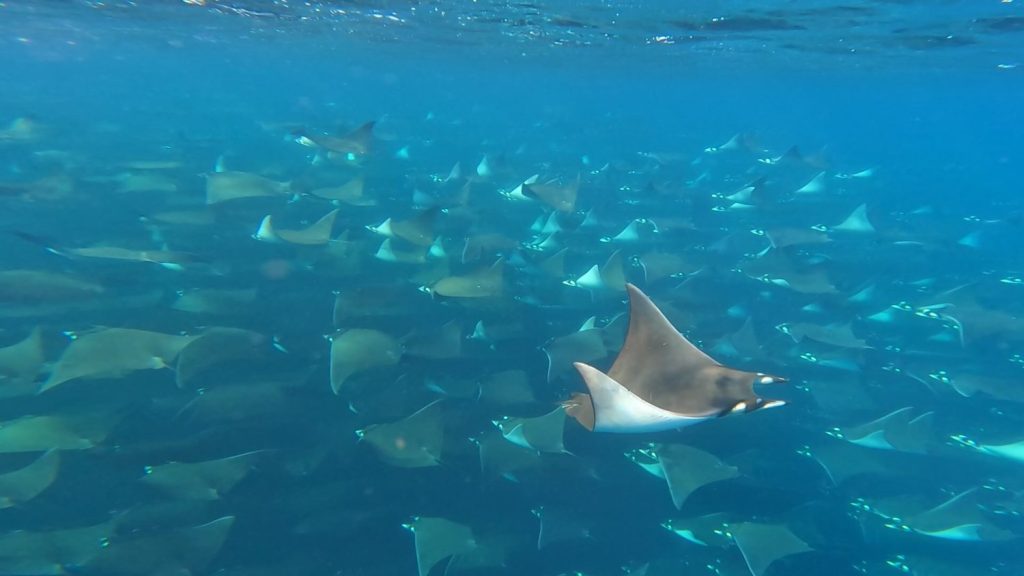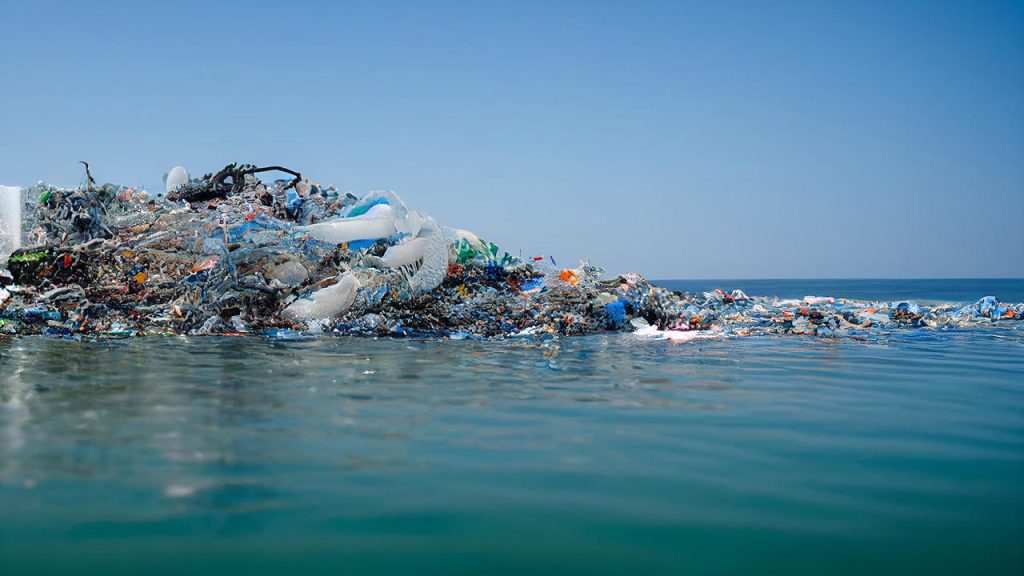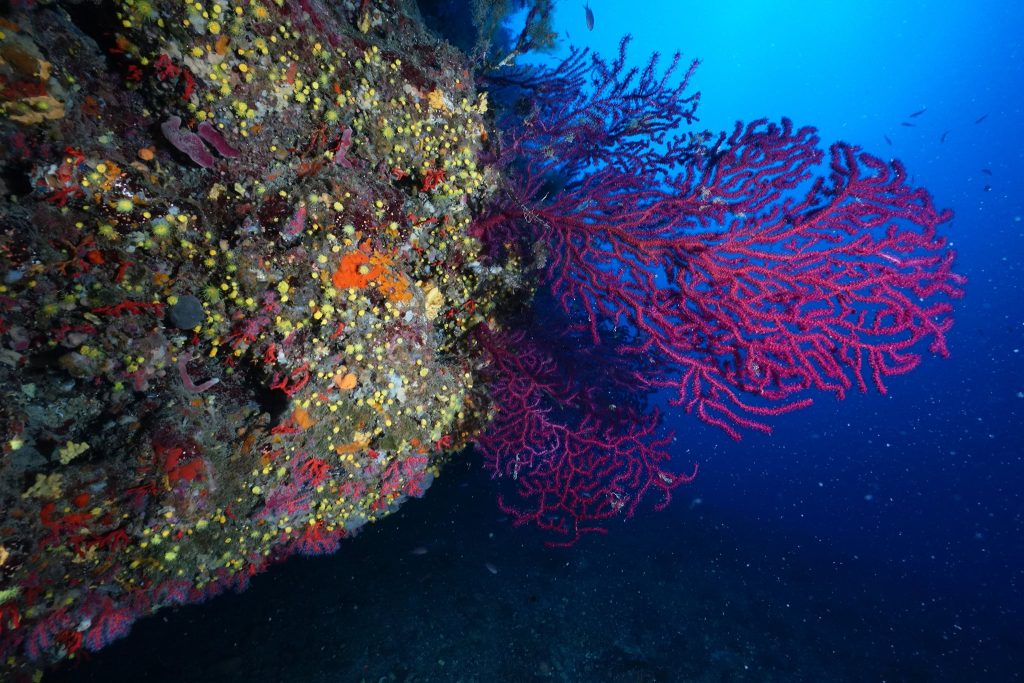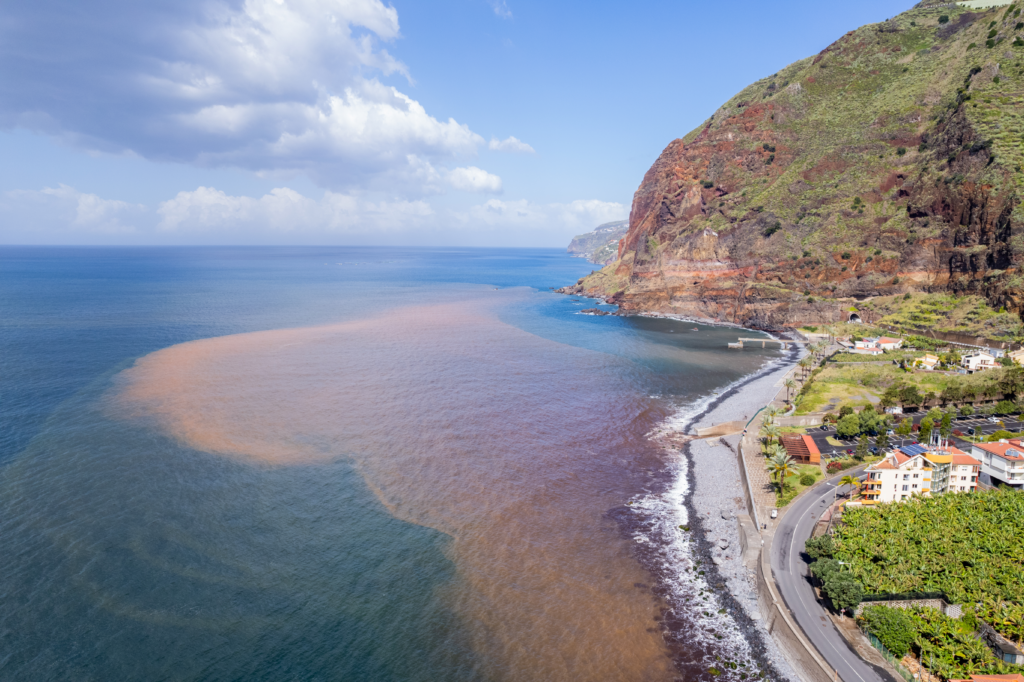Exploring the Top 10 Most Endangered Marine Species
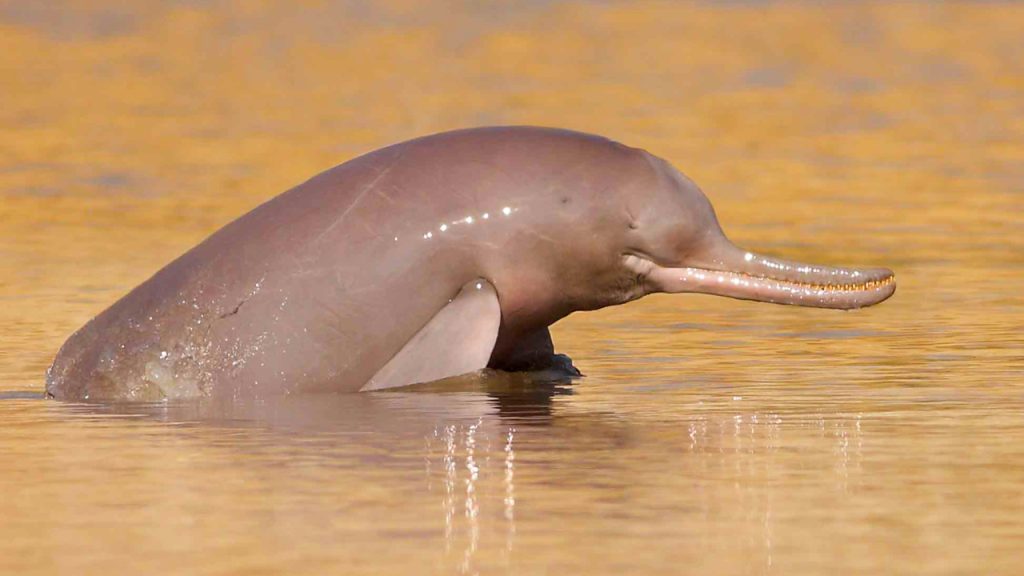
In the vast expanse of our oceans lies a world teeming with life, a rich tapestry of ecosystems that support a myriad of species. However, beneath the surface lurks a sobering reality – many marine species are facing the threat of extinction. From majestic whales to tiny marine snails, the oceans are home to a diverse array of creatures, each playing a crucial role in maintaining the delicate balance of marine ecosystems. As a nod to World Endangered Species Day, this article will delve into the plight of the top 10 most endangered marine species, shedding light on their struggles and highlighting the efforts that are being made to save them. You, the reader, can take this opportunity to educate yourself and others, and perhaps lend your support to the urgent need for conservation efforts to save these species from extinction.
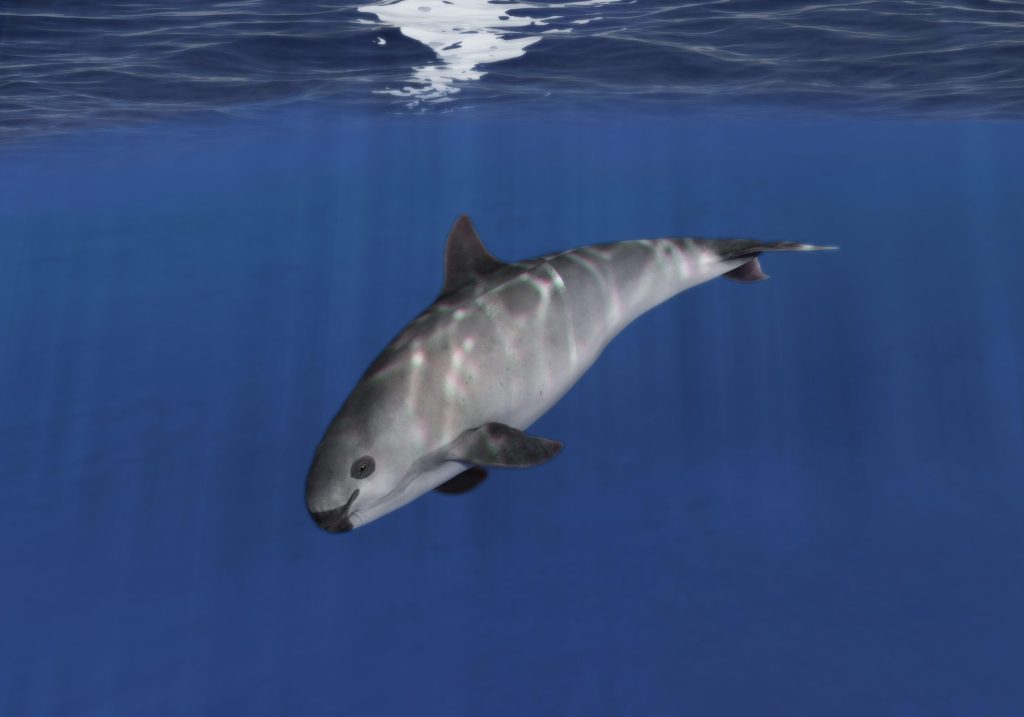
Vaquita: the Vaquita, often dubbed the “panda of the sea,” is a small porpoise native to the northern Gulf of California. With its distinctive panda-like markings and shy demeanour, the vaquita has captured the hearts of conservationists worldwide. However, its population has plummeted to perilous levels, with fewer than 10 individuals believed to remain. The primary threat to the vaquita is bycatch, as it often becomes entangled in illegal fishing gear.
Conservation Efforts: Conservation organisations, governments, and local communities are working together to combat illegal fishing practices and protect the vaquita’s habitat. Initiatives include the deployment of acoustic monitoring devices, the establishment of marine protected areas, and alternative livelihood programs for local fishermen. Explore further insights Sea Shepherd – Hope for the Vaquita
North Atlantic Right Whale: The North Atlantic right whale, one of the most iconic species of the Atlantic Ocean, is on the brink of extinction. With only around 350 individuals left, this majestic creature faces a myriad of threats, including entanglement in fishing gear, vessel strikes, and habitat degradation. Despite conservation efforts, the population continues to decline, underscoring the urgent need for stronger protections and mitigation measures.
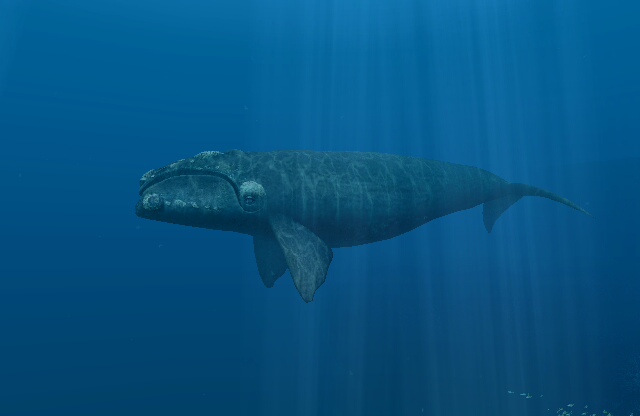
Conservation Efforts: Efforts to protect North Atlantic Right Whales include seasonal vessel speed restrictions in critical habitat areas, aerial and acoustic monitoring to detect whale presence, and collaboration between governments, researchers, and industry stakeholders to reduce the risk of ship strikes and entanglements. Want to learn more? North Atlantic Right Wale Consortium
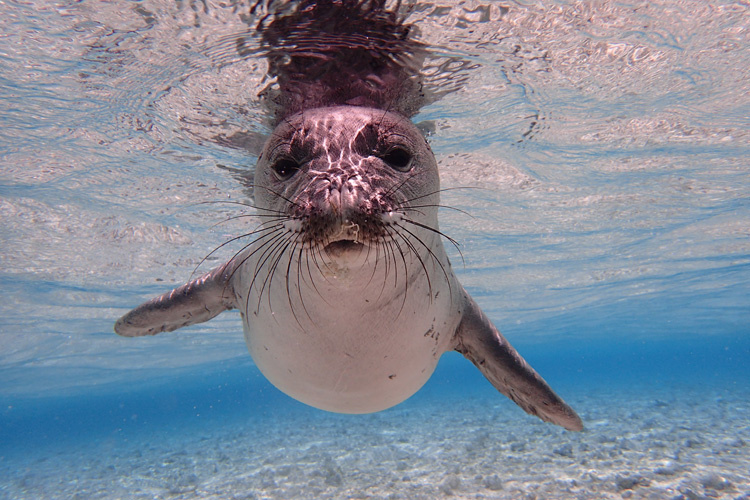
Hawaiian Monk Seal: Endemic to the Hawaiian Islands, the Hawaiian monk seal is one of the rarest seal species in the world. With a population of around 1,400 individuals, it faces numerous threats, including habitat loss, human disturbance, and disease. Conservation efforts such as habitat restoration and public awareness campaigns are crucial for ensuring the survival of this critically endangered species.
Conservation Efforts: Conservation organisations such as the NOAA Fisheries Hawaiian Monk Seal Recovery Program and local community groups are actively involved in efforts to protect Hawaiian monk seals. Conservation actions include habitat restoration, disease monitoring, and public education and outreach programs to raise awareness about the importance of seal conservation. Interested in learning more? NOAA & Marine Mammal Center
Hawksbill Sea Turtle: The hawksbill sea turtle, known for its strikingly beautiful shell, is critically endangered due to a combination of factors, including habitat loss, pollution, and poaching. Despite international protections, populations continue to decline, particularly in regions where they face significant threats from coastal development and illegal trade in their shells.
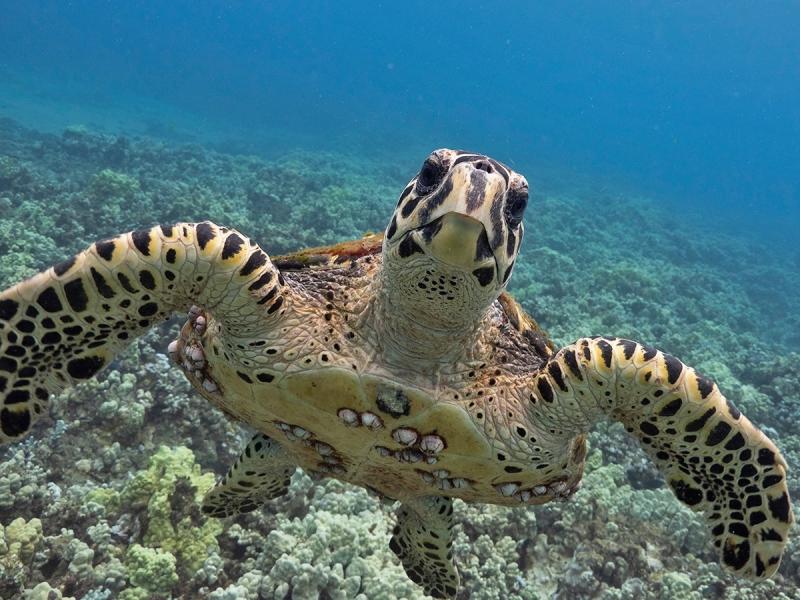
Conservation Efforts: Conservation organisations, governments, and local communities are working to protect hawksbill sea turtles through measures such as nesting beach protection, the enforcement of fishing regulations, and efforts to reduce plastic pollution. Community-based conservation initiatives and ecotourism programs also provide economic incentives for sea turtle conservation in many regions. Curious to dive deeper into this topic? NOAA & The Nature Conservancy
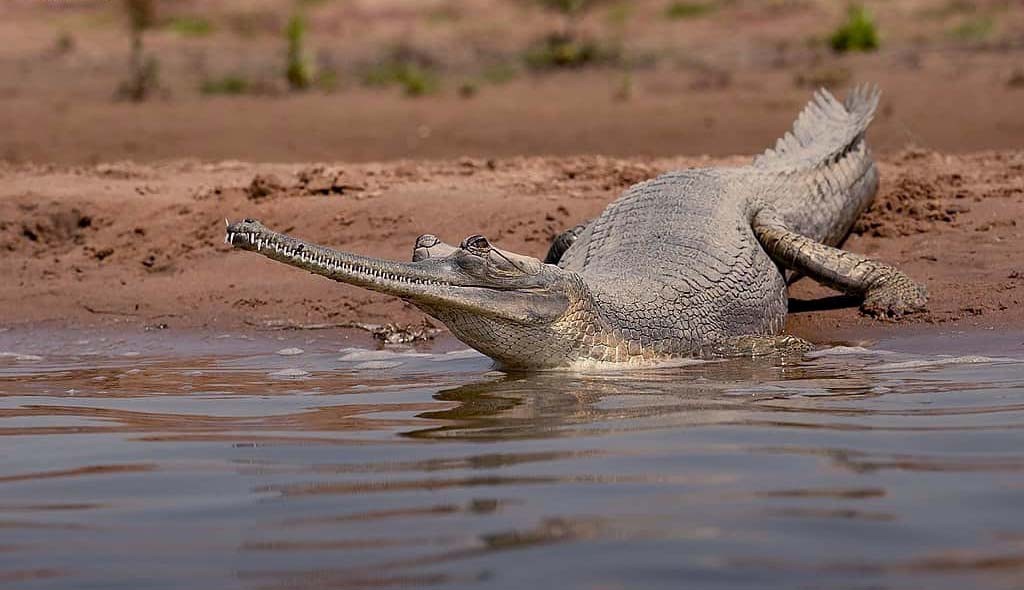
Gharial: The gharial, a critically endangered crocodilian species found in the rivers of the Indian subcontinent, faces a myriad of threats, including habitat loss, pollution, and illegal hunting. With its long, slender snout and distinctive appearance, the gharial is an iconic species of the region’s waterways. However, its population has declined dramatically in recent decades, highlighting the urgent need for conservation efforts to protect this unique species from extinction.
Conservation Efforts: Conservation efforts for gharials include habitat restoration, captive breeding and reintroduction programs, and community-based conservation initiatives. Conservation organisations such as the Gharial Conservation Alliance and government agencies are working to protect critical gharial habitat and raise awareness about the importance of conserving this unique species. For a more detailed discussion Gharial Conservation Alliance
Angel Shark: The angel shark, once widespread in coastal waters of the north-eastern Atlantic and Mediterranean, is now critically endangered due to overfishing and habitat degradation. This species, known for its flattened body and camouflaging abilities, has experienced significant population declines, particularly in areas where it is heavily targeted by fishing operations. Urgent action is needed to safeguard remaining populations and restore their habitats to ensure the survival of this iconic species.
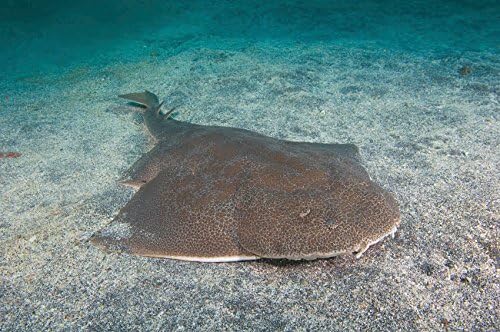
Conservation Efforts: Conservation efforts for angel sharks include the establishment of marine protected areas, scientific research to better understand their ecology and population dynamics, and community engagement to promote sustainable fishing practices and reduce bycatch. Conservation organisations such as the Angel Shark Project are actively involved in efforts to conserve angel shark populations. Expand your knowledge by clicking Angel Shark Project
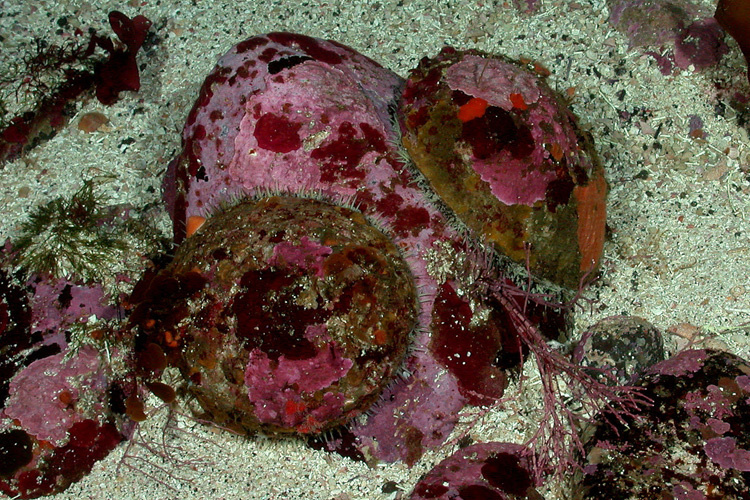
White Abalone: Endemic to the waters of California, the white abalone is a marine snail species on the brink of extinction. Overharvesting and disease have decimated its populations, leading to its classification as critically endangered. Despite conservation efforts such as captive breeding programs and habitat restoration, the white abalone remains at risk, underscoring the need for continued conservation actions to prevent its extinction.
Conservation Efforts: Conservation efforts for white abalone include captive breeding and out-planting programs, habitat restoration, and monitoring of wild populations. Government agencies such as the California Department of Fish and Wildlife and academic institutions are collaborating on research and conservation initiatives to recover white abalone populations and restore their habitat. Find out more California Department of Fish and Wildlife
European Eel: The European eel, a once-abundant species found in rivers and coastal waters across Europe, is now critically endangered due to habitat loss, overfishing, and barriers to migration. Despite efforts to conserve this species through measures such as fishing quotas and habitat restoration, populations continue to decline, posing a significant conservation challenge.

Conservation Efforts: Conservation efforts for European eels include measures to improve habitat connectivity, reduce pollution, and regulate fishing practices. International agreements such as the Convention on Migratory Species and the European Eel Regulation aim to coordinate conservation efforts and ensure the sustainable management of eel populations. Ready to delve deeper? European Parliament

Indus River Dolphin: The Indus River dolphin, also known as the blind dolphin due to its reduced eyesight, is one of the rarest freshwater cetaceans in the world. Endemic to the Indus River in Pakistan, this species faces numerous threats, including habitat degradation, pollution, and dam construction. With an estimated population of fewer than 2,000 individuals, urgent conservation action is needed to protect this critically endangered species from extinction.
Conservation Efforts: Conservation efforts for the Indus River dolphin include habitat conservation, the enforcement of wildlife protection laws, and community-based conservation initiatives. Conservation organizations such as WWF-Pakistan are working with local communities and government agencies to protect the habitat of the Indus River dolphin and raise awareness about the importance of its conservation. Want to learn more? WWF Pakistan
Southern Bluefin Tuna: The Southern Bluefin Tuna, a large and highly migratory fish species found in the southern hemisphere, is critically endangered due to overfishing and illegal, unreported, and unregulated (IUU) fishing activities. Decades of exploitation have decimated its populations, leading to severe declines in abundance. International cooperation and effective fisheries management are essential for ensuring the recovery of this iconic marine species and preventing its extinction.
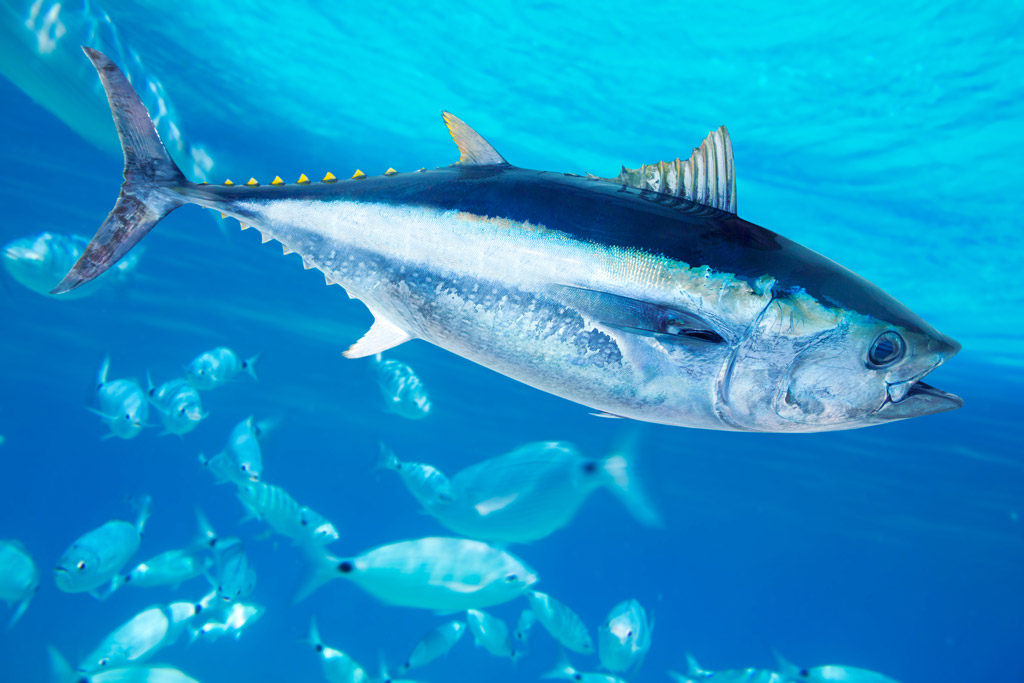
Conservation Efforts: Conservation efforts for southern bluefin tuna include international agreements such as the Convention for the Conservation of Southern Bluefin Tuna (CCSBT), which aims to manage fishing quotas and reduce illegal, unreported, and unregulated (IUU) fishing. Fisheries management measures such as catch limits and quota allocations help to ensure the sustainable management of southern bluefin tuna populations and prevent overfishing. Explore further insights here CCSBT
The plight of these top 10 most endangered marine species serves as a stark reminder of the urgent need for action to protect our oceans and the biodiversity they support. From strengthening conservation measures to addressing the root causes of habitat destruction and overexploitation, concerted efforts are needed to ensure the survival of these iconic species and preserve the health and integrity of marine ecosystems for future generations. As stewards of the oceans, it is our responsibility to act decisively to safeguard the rich diversity of marine life that calls these vast blue expanses home.

